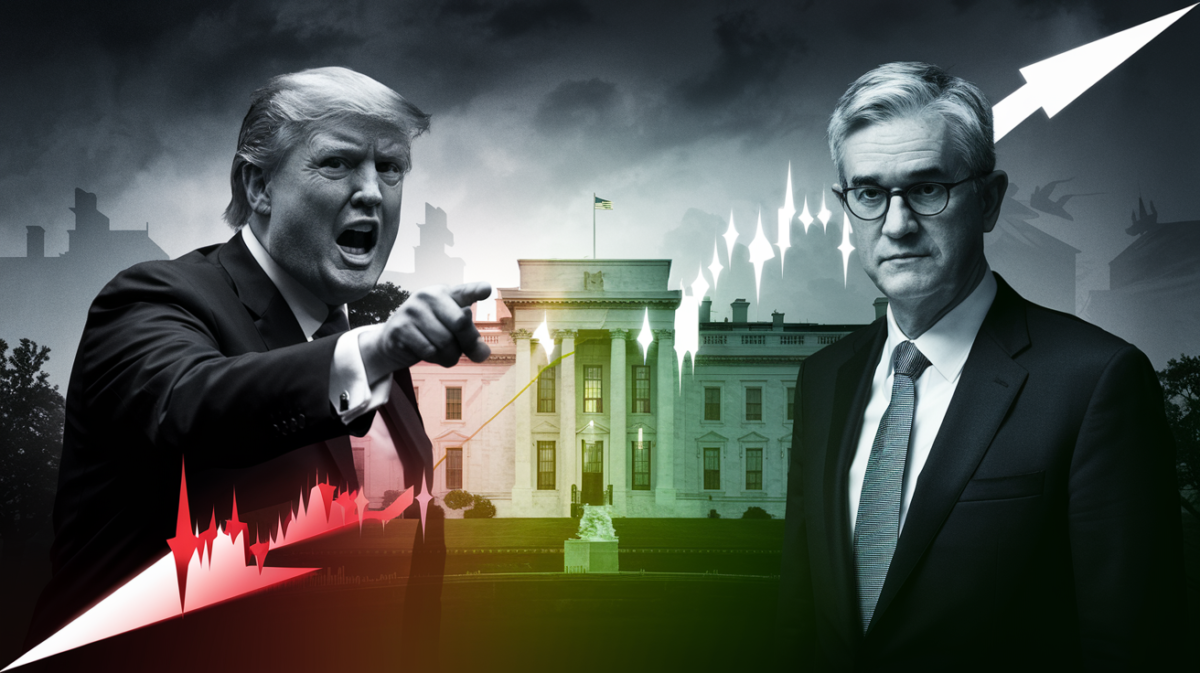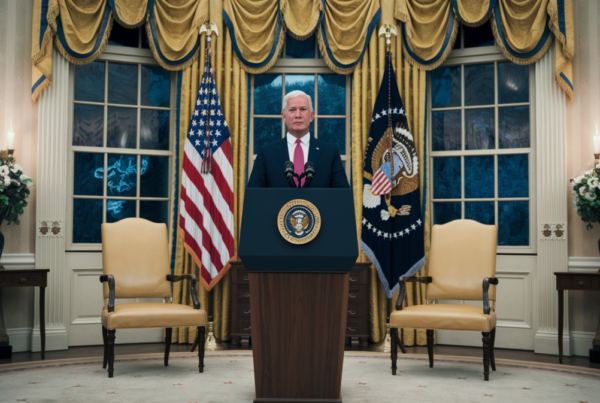Market Turmoil Followed by Recovery
On July 16, 2025, U.S. stock markets experienced a rollercoaster ride as reports surfaced that President Donald Trump was considering dismissing Federal Reserve Chair Jerome Powell. The initial news sent shockwaves through Wall Street, with the S&P 500 dropping nearly 1% and the dollar and Treasury yields swinging unpredictably. Investors were caught off guard by the possibility of such a dramatic move, which could have far-reaching implications for monetary policy and market stability.
However, the markets quickly rebounded after Trump publicly denied the reports, calling them “highly unlikely.” In a statement, the President expressed his frustration with Powell’s reluctance to lower interest rates but clarified that he had no immediate plans to remove him. This reassurance helped major indexes recover, with the S&P 500 closing higher and the Nasdaq Composite even reaching a new record.
Why the Markets Reacted So Sharply
The Federal Reserve’s independence is a cornerstone of U.S. economic policy, and any threat to it can unsettle investors. Here’s why the initial reports caused such a stir:
- Unprecedented Move: Firing a Fed chair before their term ends is rare and could set a dangerous precedent.
- Policy Uncertainty: Investors rely on the Fed’s predictable decision-making to guide their strategies.
- Global Implications: The U.S. dollar and global markets are deeply interconnected with Fed policies.
Trump’s Relationship with the Fed
This isn’t the first time Trump has publicly criticized Powell. Since appointing him in 2018, the President has repeatedly voiced his dissatisfaction with the Fed’s approach to interest rates. Below is a comparison of key moments in their strained relationship:
| Date | Event | Market Reaction |
|---|---|---|
| 2018 | Trump appoints Powell as Fed Chair | Markets initially positive |
| 2020 | Trump criticizes Powell for not cutting rates faster | Minor volatility |
| 2025 | Reports emerge of Trump considering firing Powell | Sharp decline followed by recovery |
What Analysts Are Saying
Market experts suggest that investors are becoming more resilient to political headlines, viewing them as speculative rather than actionable. “The initial reaction was knee-jerk, but the recovery shows that markets are learning to discount political noise,” said one analyst. Others noted that the Fed’s institutional strength and Powell’s credibility played a key role in calming nerves.
The Bigger Picture: Fed Independence
The incident underscores the delicate balance between political influence and the Federal Reserve’s autonomy. While the President has the authority to nominate a new Fed chair, removing Powell before his term ends in May 2026 would be unprecedented. Legal experts debate whether such a move would even hold up in court, adding another layer of uncertainty.
For now, the markets have stabilized, but the episode serves as a reminder of how closely financial stability is tied to political decisions. Clear communication and respect for institutional independence will be crucial in maintaining investor confidence moving forward.
Key Takeaways
- Markets initially fell on reports of Trump considering firing Powell but recovered after his denial.
- The Fed’s independence is critical for market stability, and threats to it can cause volatility.
- Investors are growing more resilient to political headlines, focusing instead on fundamentals.
- The long-term implications of this episode will depend on how the relationship between the White House and the Fed evolves.







